I have a bunch of data scattered x, y. If I want to bin these according to x and put error bars equal to the standard deviation on them, how would I go about doing that?
The only I know of in python is to loop over the data in x and group them according to bins (max(X)-min(X)/nbins) then loop over those blocks to find the std. I'm sure there are faster ways of doing this with numpy.
I want it to look similar to "vert symmetric" in: http://matplotlib.org/examples/pylab_examples/errorbar_demo.html
